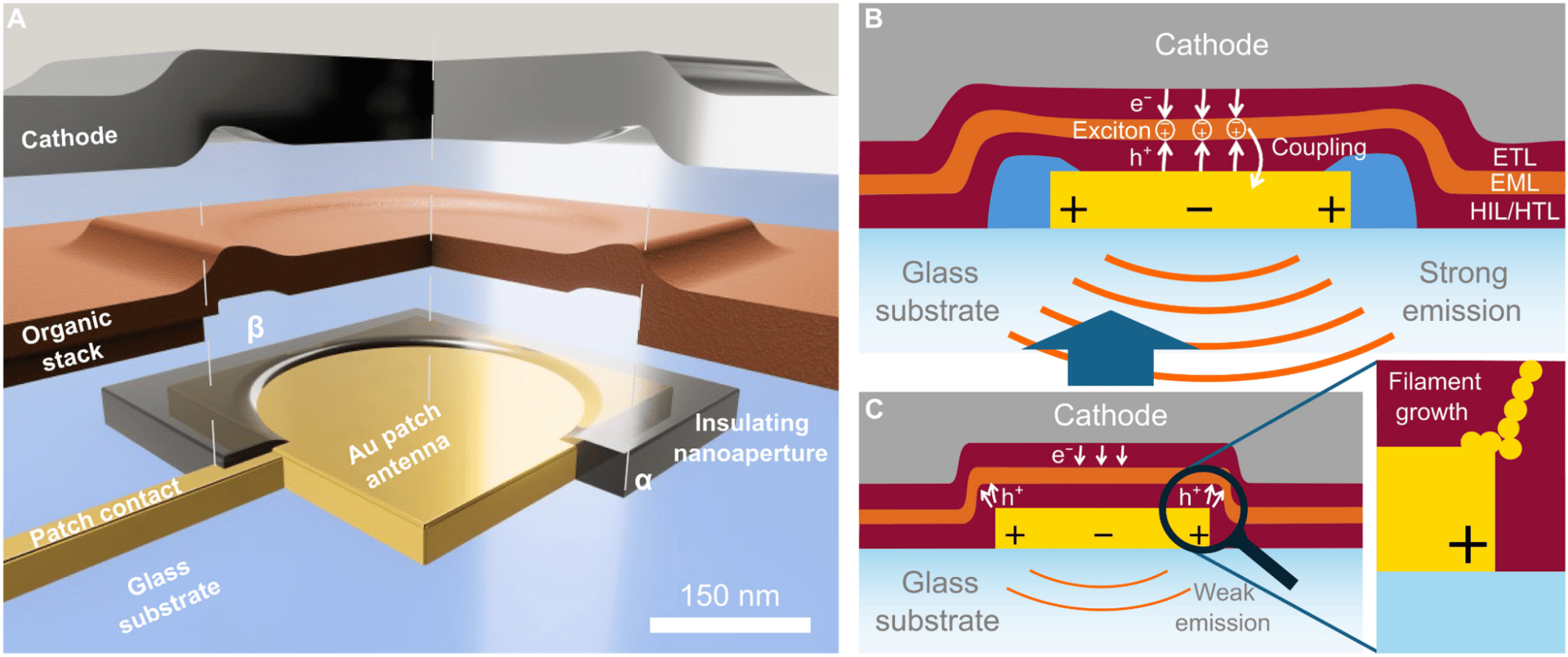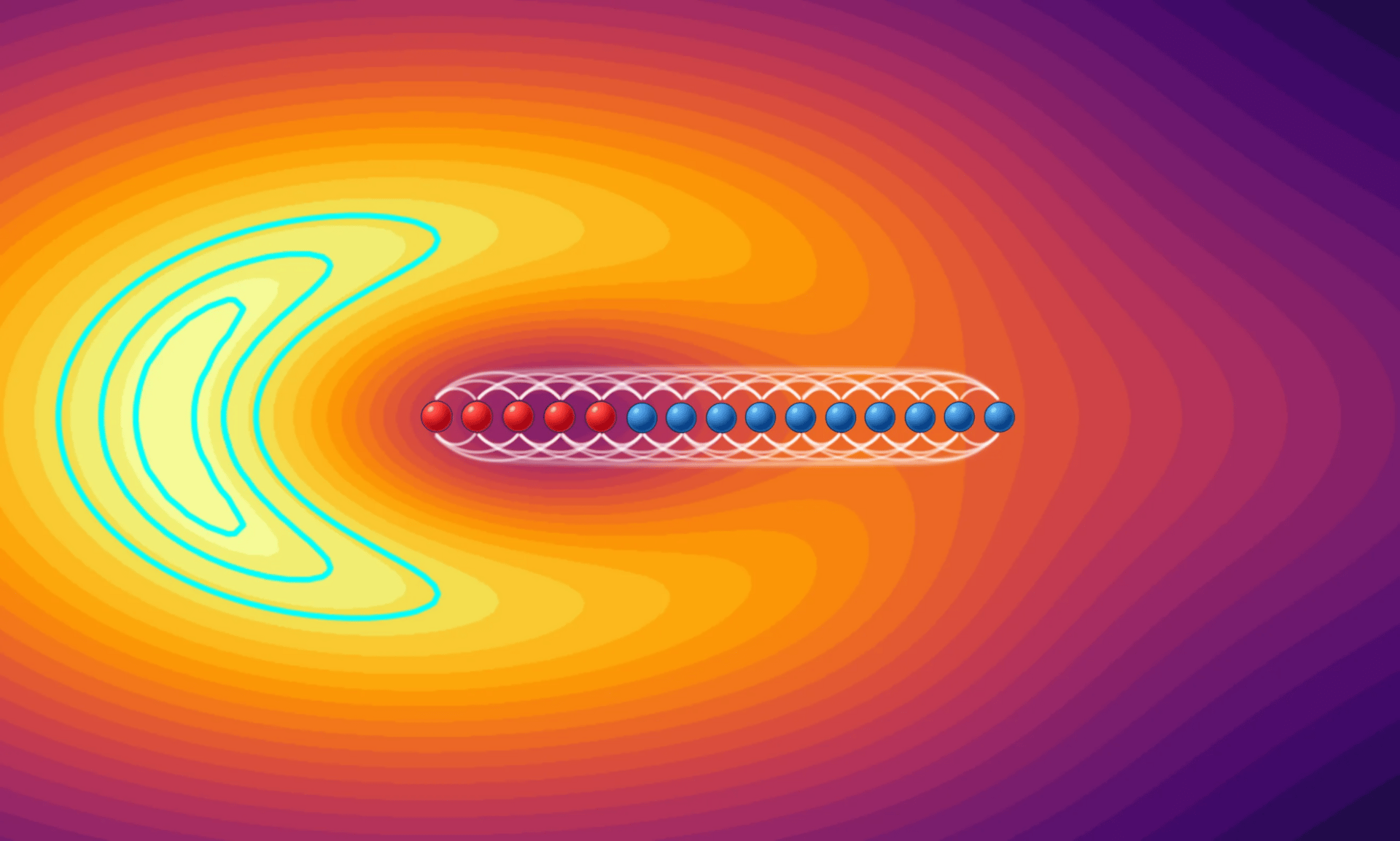- Sabine's Newsletter
- Posts
- Invisible Pixels, AI vs Dunning-Kruger, & a New Type of Laser
Invisible Pixels, AI vs Dunning-Kruger, & a New Type of Laser
This week’s science bits from SWTG

Pixels So Small You Can’t See Them

Figure: Zhang et al, Science Advances 11, 43 (2025)
Researchers at the Universität of Würzburg in Germany have built the smallest screen pixel ever. It’s an organic light‑emitting diode just 300 x 300 nanometers, which they successfully managed to address with a small voltage. At almost the same time, a team from Cambridge University measured the resolution limit of the human eye, and found that under normal circumstances (more than 2.5 metres away from the screen), most people simply cannot see a difference between 4k and 8k resolution.
Partnered with DeleteMe
Take Control Of Your Personal Data
Every day, data brokers scrape the internet for your personal information, which they sell for a profit — exposing you to fraud and phishing in the process. DeleteMe lets you take control of your digital life by removing your info from hundreds of data brokers. Protect your privacy now — visit joindeleteme.com/SABINE and use promo code SABINE for 20% off!
AI Makes Dunning-Kruger Disappear. But…

In a recent study, AI researchers found that using Large Language Models makes us overconfident. They recruited roughly 500 people and divided them up in different groups with the task of answering questions with and without ChatGPT 4o. They also offered a cash incentive for an accurate self-assessment on how well they did with answering the questions. Overall, the use of ChatGPT improved the correctness of answers. The researchers did not find the Dunning-Kruger effect, which states that the lower someone’s performance, the more confident they are that they did well. However, in the GPT-using group pretty much everyone overestimated their performance, regardless of how well they did. Paper here. Press release here.
Physicists Invent New Type of Laser

Illustration of coherent light emission from the coupled line of atoms. Credits: University of Innsbruck
A group of physicists from Austria and the United States have proposed a new kind of laser that works without the mirrors or optical cavity that ordinary lasers rely on. In their computer simulations, they arranged a row of atoms so close together that they could influence each other directly through their light fields. When only some of the atoms were “pumped” with energy, the others automatically provided the feedback needed to make all of them emit light in sync, which is the key feature of lasers. This is only a theoretical study, but if they could get it to work, this could become a very influential result. Paper here. Press release here.
Will A Book Grow Your Business?
No one buys a beach house from book sales—they buy it from what the book makes possible.
Author.Inc helps founders turn ideas into world-class books that build revenue, reputation, and reach.
Book a free 15-minute ROI call to see if your book is a go—or a smart wait.


